Top U.S. Academic Supercomputing Community Gathers at 2022 Frontera User Meeting
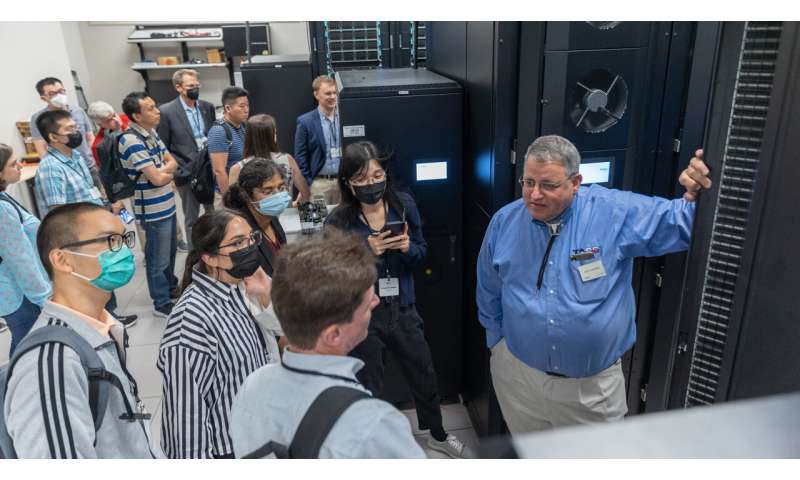
More than 30 researchers and project staff gathered in Austin for the 2022 Frontera User Meeting held at the Texas Advanced Computing Center (TACC), August 4-5. The community of users from across the nation presented scientific talks highlighting their most recent discoveries and exchanged views on how to make the effective use of one of the most powerful supercomputers in the world.
Funded by the National Science Foundation (NSF) to meet the most demanding computational needs of the Nation's scientists and engineers and operated by TACC, Frontera launched in 2019. Over the past 12 months, the system completed over 1.3 million jobs and delivered over 72 million node hours consumed.
The meeting keynote presentation was given by Frontera user Ping Chang, the Louis & Elizabeth Scherck Chair in Oceanography at Texas A&M University. Professor Chang talked about the computational challenges in generating current and future climate simulations for the Coupled Model Intercomparison of the Intergovernmental Panel on Climate Change (IPCC).
Other researchers presented topics on their research supported by Frontera ranging from black holes and galaxy clusters, to hypersonic turbulence, to organ-protective epithelial cells, to superconductivity, and more. Users also exchanged views about the best ways to use this unique computational resource, and they offered feedback to TACC on how to plan for future operations of the resource.
-
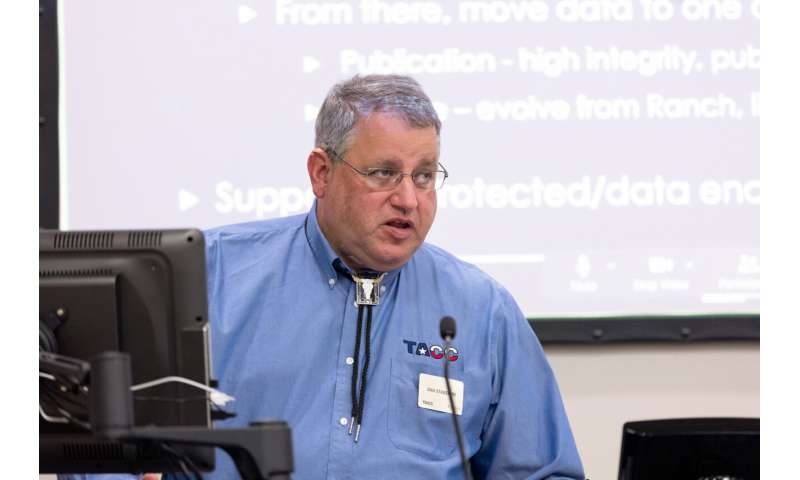
TACC Executive Director Dan Stanzione gave a ‘State of Frontera Address' at the 2022 Frontera Users Meeting highlighting the numerous accomplishments and successes of the NSF flagship supercomputer supporting science at TACC. Credit: TACC -
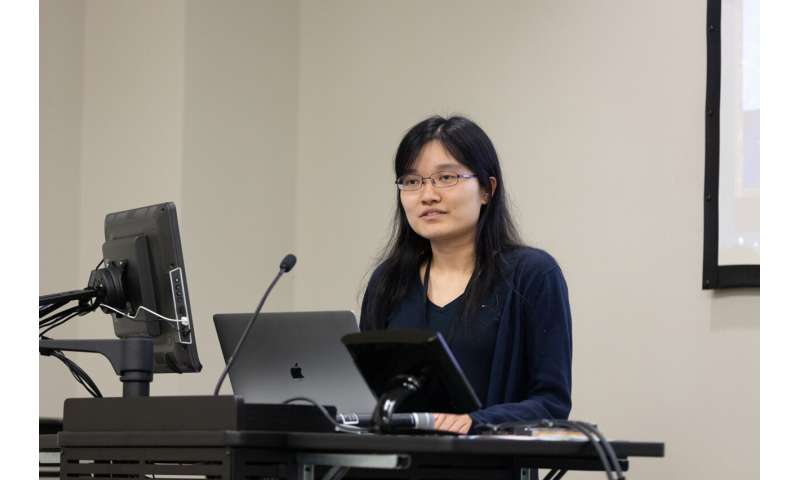
Astrophysicist Yueying Ni from Carnegie Mellon University has used Frontera to develop AI-assisted "super-resolution" simulations of the cosmic web, encompassing clusters of galaxies at scales of millions of light years. Their deep neural network can enhance the resolution of the cosmic web by 512 times and can greatly expedite the next-generation of large cosmological simulations of the universe. She helped develop the large cosmological hydrodynamic simulation ASTRID on Frontera. It models the evolution of millions of galaxies and supermassive black holes over cosmic history. "We performed the ASTRID simulation on the Frontera supercomputer. Currently, this is the largest cosmological simulation up to date that covered the epoch of Cosmic Noon, when star formation and supermassive black holes both reached their peak activity," Ni said. Her work shows that deep learning and cosmological simulations can form a powerful combination to model the universe over its full dynamic range. "Accompanied by the theoretical modeling and simulations, we will soon grasp a more comprehensive understanding of how galaxies and supermassive black holes evolved to the current day universe," Ni said. Her team published their findings in the Proceedings of the National Academy of Sciences May 2021 and a series of articles in the Monthly Notices of the Royal Astronomical Society from 2021 to 2022. Credit: TACC -
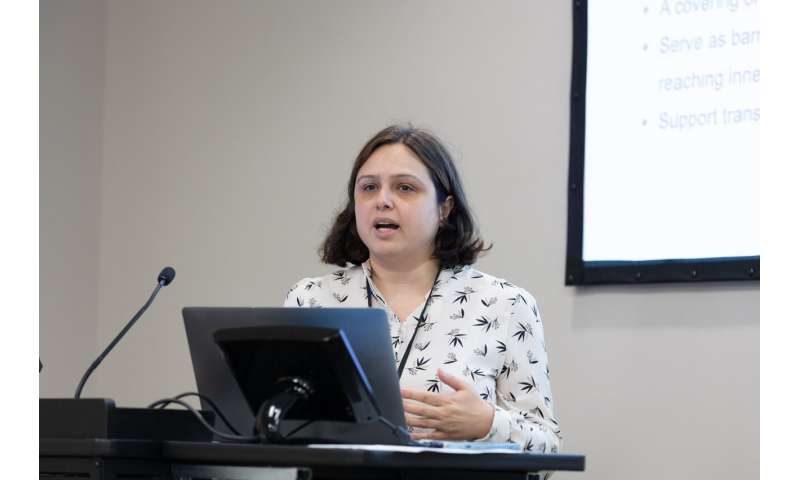
Physicist Fatemeh Khalili-Araghi of the University of Illinois Chicago researches the flexibility mechanism of tight junctions found at epithelial cells that line and protect organs and blood vessels throughout the body, as well as supporting transport of nutrients, ions and water. The tight junctions are multiprotein complexes in cells that serve as points of contact and control the permeability of ions and small molecules between cells, an essential feature in multicellular organisms. Khalili-Araghi uses molecular dynamics simulations on Frontera to investigate the mechanical properties and morphology of tight junction strands. Credit: TACC -
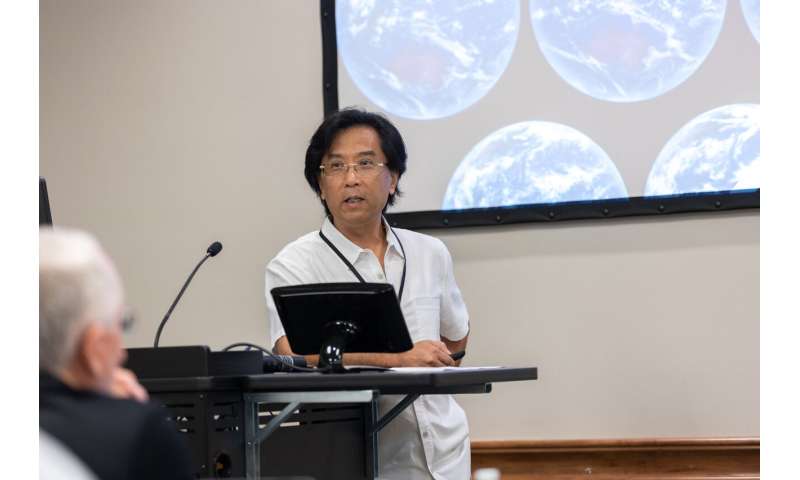
Oceanographer Ping Chang of Texas A&M University is one of the leading climate scientists in the world and a contributing author to three chapters in the Fifth Assessment Report of the Intergovernmental Panel on Climate Change. Chang gave the keynote presentation at the 2022 Frontera Users Meeting. His current project on Frontera aims to improve seasonal-to-decadal forecasts for fisheries management in the California upwelling system that supplies nutrients for fish and is impacted by climate change. Using Frontera, his team was among the first in the world to complete long-range IPCC climate simulations at resolution high enough to discern weather extremes such as tropical cyclones and fine-scale ocean features such as coastal upwelling. Credit: TACC
TACC Executive Director Dan Stanzione also discussed plans for the future of Frontera and took input from attendees on their requirements for the next evolution of the NSF's large-scale computing capabilities.
Frontera is the first step in the creation of an NSF Leadership-Class Computing Facility (LCCF). The LCCF will wield 10 times the computing capabilities of Frontera and is anticipated to begin construction in 2024.
At the meeting, Stanzione outlined 21 CSA projects selected to begin work on Frontera for the next two years prior to the launch of LCCF. The projects cover a wide spectrum of scientific disciplines—astronomy, particle physics, turbulence, climate, natural hazards like earthquakes, viral infection, and deep learning for misinformation detection.
More information:
Yin Li et al, AI-assisted superresolution cosmological simulations, Proceedings of the National Academy of Sciences (2021). DOI: 10.1073/pnas.2022038118
Provided by Texas Advanced Computing Center